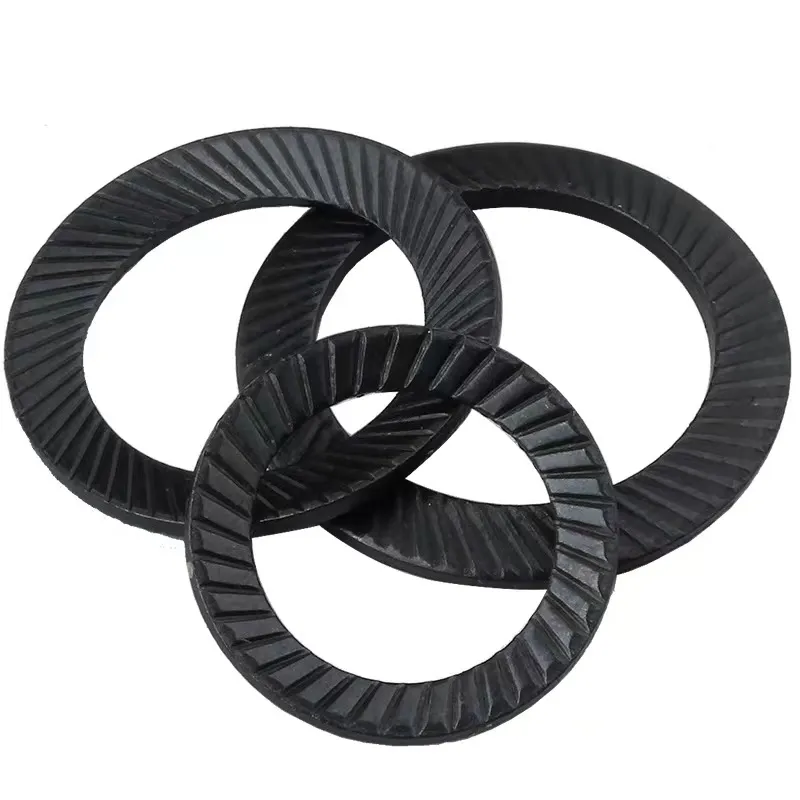

astm f3125 bolts
Okt . 07, 2024 09:09 Back to list
astm f3125 bolts
Understanding ASTM F3125 Bolts Standardization and Applications
When it comes to structural integrity and reliability in construction and manufacturing, bolts play a crucial role. Among various standards governing bolt specifications, ASTM F3125 is particularly significant. This standard, developed by ASTM International, provides guidelines for the performance requirements of high-strength structural bolts, specifically those used in bolts that are part of steel structures.
What is ASTM F3125?
ASTM F3125 is a standard specification for high-strength bolts used in structural applications. It encompasses a range of bolt types, including more than just conventional hex bolts. The standard outlines categories for different grades of bolting materials, such as the common grades A325, A490, and others, which indicate the mechanical properties and yield strength suitable for different applications.
Key Features of ASTM F3125
One of the essential features of ASTM F3125 is its emphasis on the mechanical properties of the bolts. It addresses characteristics such as tensile strength, yield strength, and elongation. For instance, bolts graded under this standard can achieve a tensile strength ranging from 120 ksi to over 150 ksi, depending on the grade. This makes them suitable for high-load applications and conditions that may involve dynamic forces.
Another critical aspect of ASTM F3125 is its requirements for bolt coating and corrosion resistance. The use of protective coatings is vital for ensuring the longevity of bolts used in outdoor or harsh environments. The standard specifies various coating options, including hot-dip galvanizing and mechanical plating, to protect against corrosion and enhance the durability of the bolts.
Applications of ASTM F3125 Bolts
astm f3125 bolts

ASTM F3125 bolts are predominantly found in the construction of steel structures, such as bridges, buildings, and towers. Their high tensile strength makes them ideal for situations where considerable loads and stresses are a factor, such as in wind-resistant structures or seismic zones. These applications require stringent compliance with safety standards; thus, using ASTM F3125 certified bolts ensures adherence to engineering calculations and safety protocols.
Beyond construction, ASTM F3125 bolts are also utilized in various machinery and equipment settings. For instance, automotive applications often employ high-strength bolts to secure components that face heavy operational stresses. The aerospace industry also benefits from these bolts, as they provide an essential connection point in aircraft structures where weight efficiency and mechanical integrity are paramount.
Quality Assurance and Certification
Quality assurance is a vital part of the ASTM F3125 standard. Manufacturers of high-strength bolts are required to undergo rigorous testing and certification to ensure that their products meet the required specifications. This involves mechanical testing for strength properties and assessments for dimensional accuracy. Third-party inspection and certification bodies often play a role in verifying that products meet ASTM standards.
Conclusion
In summary, ASTM F3125 serves as a critical guideline for the production and application of high-strength structural bolts. With its focus on mechanical properties, corrosion resistance, and stringent quality assurances, bolts manufactured under this standard ensure safety and reliability in various construction and industrial applications. As technology and engineering challenges evolve, adherence to standards like ASTM F3125 will continue to play a vital role in ensuring structural integrity and overall safety in constructions around the world.
By understanding the specifications and applications of ASTM F3125 bolts, engineers, architects, and construction professionals can make informed decisions that uphold the highest safety and performance standards in their projects. As the industry moves forward, these standards will remain integral to the framework that supports modern engineering and construction practices.
Latest news
-
Hot Dip Galvanized Bolts-About LongZe|High Strength, Corrosion Resistance
NewsJul.30,2025
-
High-Strength Hot Dip Galvanized Bolts - Hebei Longze | Corrosion Resistance, Customization
NewsJul.30,2025
-
Hot Dip Galvanized Bolts-Hebei Longze|Corrosion Resistance&High Strength
NewsJul.30,2025
-
High-Strength Hot-Dip Galvanized Bolts-Hebei Longze|Corrosion Resistance&High Strength
NewsJul.30,2025
-
Hot Dip Galvanized Bolts-Hebei Longze|Corrosion Resistance&High Strength
NewsJul.30,2025
-
Hot Dip Galvanized Bolts - Hebei Longze | Corrosion Resistance, High Strength
NewsJul.30,2025

